
Hua Gao
Chief Data Officer
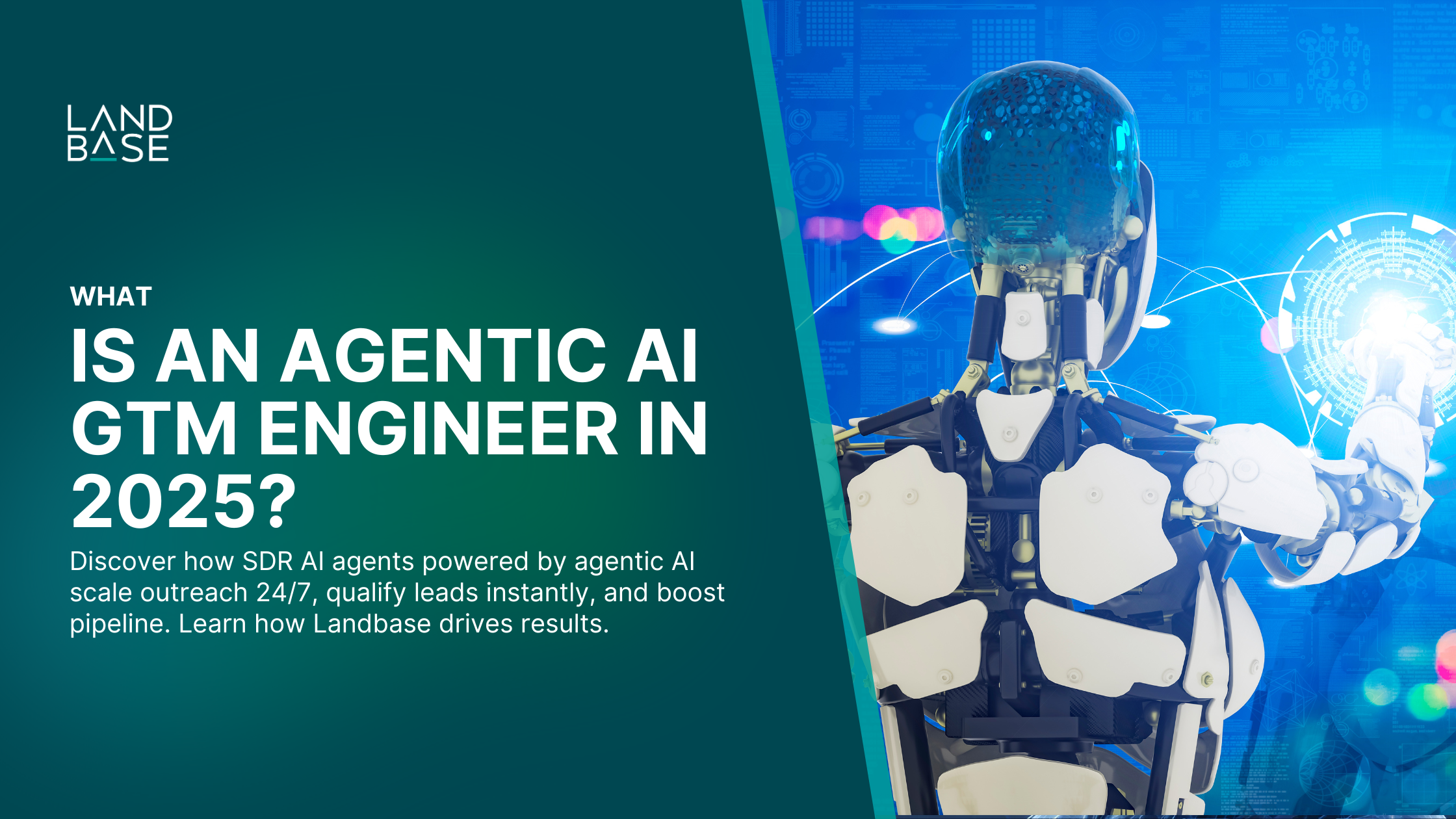
Go-to-market teams today face unprecedented complexity. The average B2B sales stack now includes around 10 different tools, from CRM to sequencing software, and nearly 70% of sales reps feel overwhelmed juggling them(6). Yet even with all these tools, reps spend only ~28% of their time actually selling, while the rest is lost to admin tasks and prospecting(3). This fragmentation and inefficiency in go-to-market (GTM) strategies have paved the way for a new paradigm: the GTM Engineer Agent AI system. What exactly is this system, and how can it transform B2B sales and marketing? In this blog, we’ll explore the evolution of GTM strategies, the role of the GTM Engineer, and how autonomous AI agents are redefining the game. We’ll dive into the architecture of a GTM Engineer AI Agent, real-world outcomes (with data-driven insights), and what the future holds for go-to-market teams in the age of intelligent automation. Let’s unpack this step by step.

In the past, “going to market” meant throwing human effort at the problem – hiring more sales reps, subscribing to more software, and sending more emails. Over the last decade, however, the GTM landscape exploded in both complexity and technology. Consider that the marketing technology landscape grew from roughly 150 solutions in 2011 to over 11,000 in 2023, a staggering 7,000% growth(4). Sales teams found themselves using an array of niche platforms for outreach, data, and analytics. This helped in some ways (more data, more channels), but it also created siloed data and disjointed workflows. As Landbase CEO Daniel Saks noted, companies were “using dozens of tools across their sales and marketing teams” leading to siloed decision making across many different stacks(1). The result: lots of activity, but not always efficient or cohesive activity.
Amid this complexity, outbound sales efficiency began to plateau. Generic, one-size-fits-all campaigns saw diminishing returns. Buyers, bombarded by impersonal outreach, stopped responding. Organizations realized that simply scaling up headcount or volume wasn’t sustainable – you can’t just hire 10x SDRs to get 10x results if each rep is constrained by suboptimal processes. The need for a more engineered, data-driven approach to GTM became clear.
This is where the concept of the “GTM Engineer” started to gain traction. Forward-thinking companies introduced a new role blending sales savvy with technical skills – part revenue strategist, part operations hacker. The GTM Engineer’s mission: build scalable processes, automate repetitive tasks, and architect a lean, high-performing revenue engine. In essence, apply engineering rigor to go-to-market. Early adopters of this idea (including firms like AWS, Salesforce, Nike, and even OpenAI) quietly began hiring GTM Engineers to bridge the gap between what sales/marketing wanted to do and what their patchwork of tools could achieve(11).
However, even the best human GTM Engineers face limitations. They can design clever workflows and integrations, but they’re still constrained by human capacity and the need to sleep. As GTM strategies continued evolving, the question arose: what if an AI system could take on the heavy lifting of go-to-market execution? The stage was set for the convergence of GTM engineering and artificial intelligence – giving birth to the GTM Engineer Agent AI system.

To understand the AI system, we first need to understand the human GTM Engineer role. A GTM Engineer is often described as “the architect of tomorrow’s go-to-market motion.” They combine analytical acumen with sales know-how to drive revenue growth. In practice, a GTM Engineer focuses on a few key pillars:
When executed well, a GTM Engineer can “multiply pipeline while reducing dependency on headcount”(8). For example, instead of hiring 5 more SDRs to do brute-force prospecting, a GTM Engineer might implement an automated workflow that achieves the same result with fewer people. In fact, some have boldly predicted that “in 6+ months the GTM Engineer will replace most of your 10+ SDR team” by automating their workflow(8). That may be an extreme view, but it underscores the impact a skilled GTM Engineer can have.
Enter the AI Agent. An AI agent can be thought of as the GTM Engineer’s tireless assistant – or perhaps more accurately, a digital twin augmenting (and in some cases replicating) the GTM Engineer’s function. Traditional GTM Engineers manually configure tools and analyze reports; an AI-driven GTM system can take this further by dynamically making decisions and carrying out tasks in real time, at a scale no human could. Rather than the GTM Engineer personally tweaking campaigns each day, an AI agent could do it continuously, learning from every interaction.
For instance, let’s consider prospect research. A human might spend hours building a target account list. An AI agent can automatically scour databases and the web to identify high-potential prospects that fit the ideal customer profile – and do it in minutes. Or consider follow-ups: a human may struggle to stay on top of hundreds of leads. An AI agent won’t forget or get busy – it will persistently follow up with every single prospect with perfect timing and consistency. In one striking example, the team at Apollo.io built a fully automated outbound system (even before today’s advanced AI) that was able to book 1,600 meetings per quarter with zero SDRs involved(11). That was automation at work; now imagine layering AI intelligence on top of such a system. The potential is enormous.
In short, the GTM Engineer role was a response to an overly complex sales tech environment – a way to engineer efficiency. The GTM Engineer Agent AI system is the next evolution: using intelligent agents to radically increase that efficiency. It’s not about replacing the strategic insight of humans, but about giving your go-to-market team a set of tireless, data-crunching, action-taking AI assistants. Before we delve into how exactly these AI agents work, let’s clarify what we mean by “agentic AI.”
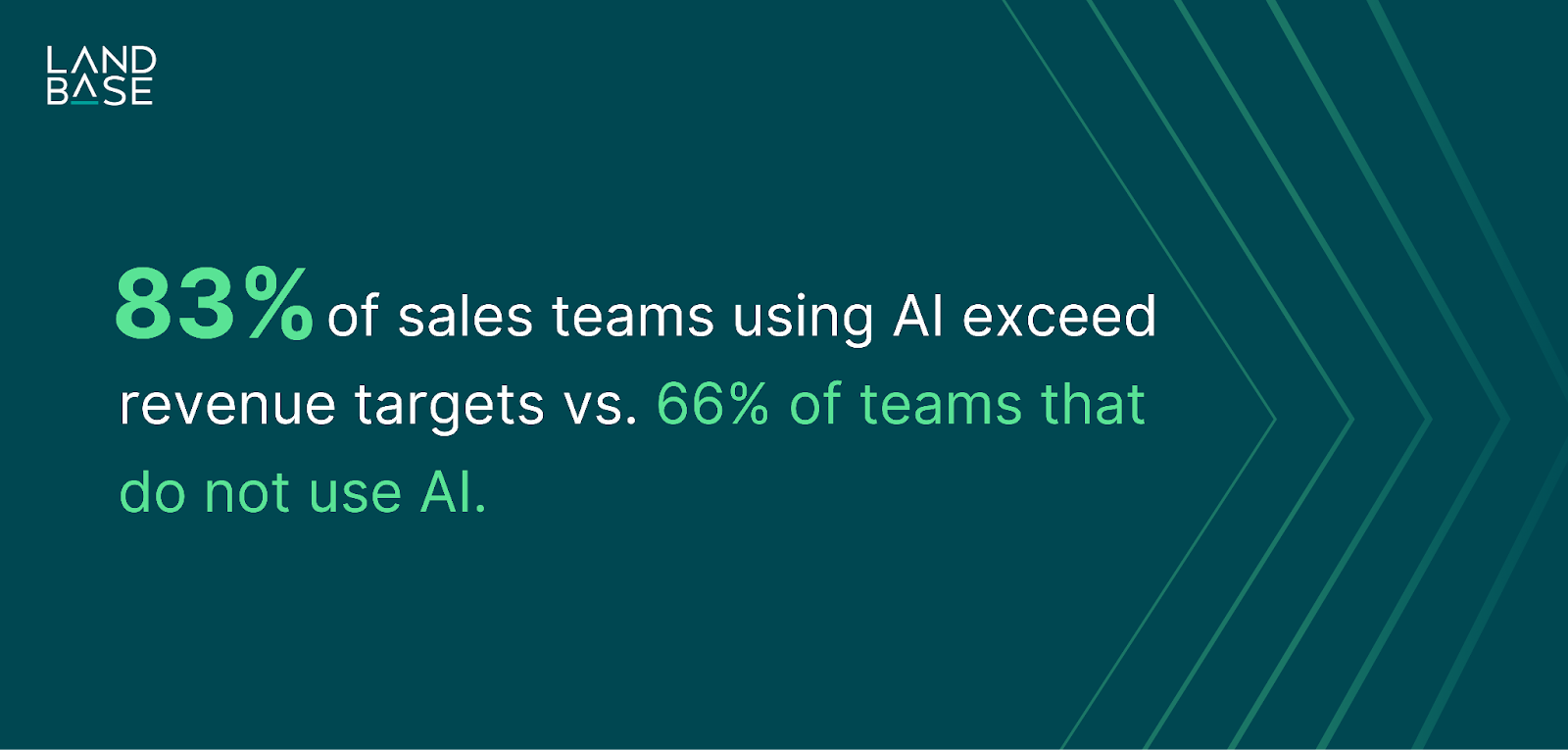
We all witnessed the explosion of generative AI in 2023 – large language models that can produce human-like text, images, and more. That technology gave us AI that could write emails or draft content, but someone still had to decide what to do with that content and when to use it. The next leap is agentic AI: AI systems that don’t just generate, but also act and decide. As one definition puts it, agentic AI refers to AI systems capable of autonomous action and decision-making – AI “agents” that can pursue goals independently, without direct human intervention(2). Instead of waiting for a human prompt every time, an agentic AI can take the initiative based on a high-level objective.
In the context of GTM, an agentic AI system means an AI that understands a goal like “generate more qualified pipeline this quarter” and can then plan and execute a multi-step strategy to achieve it. This is a significant departure from earlier sales automation, which was essentially glorified scheduling – e.g., sending a pre-written sequence of emails on a timetable. An agentic AI might adapt that sequence on the fly for each prospect, try alternate channels, adjust messaging based on live feedback, and decide to pause or pivot campaigns based on interim results, all with minimal human input.
Why is this emerging now? A few converging trends made agentic AI feasible:
These factors created a perfect storm for agentic AI to step into go-to-market. The vision is compelling: What if you had a virtual team of expert sales reps and marketers, powered by AI, working 24/7 to execute your strategy? That’s essentially what a GTM Engineer Agent AI system offers. Let’s break down how such a system actually works and what it looks like in action.
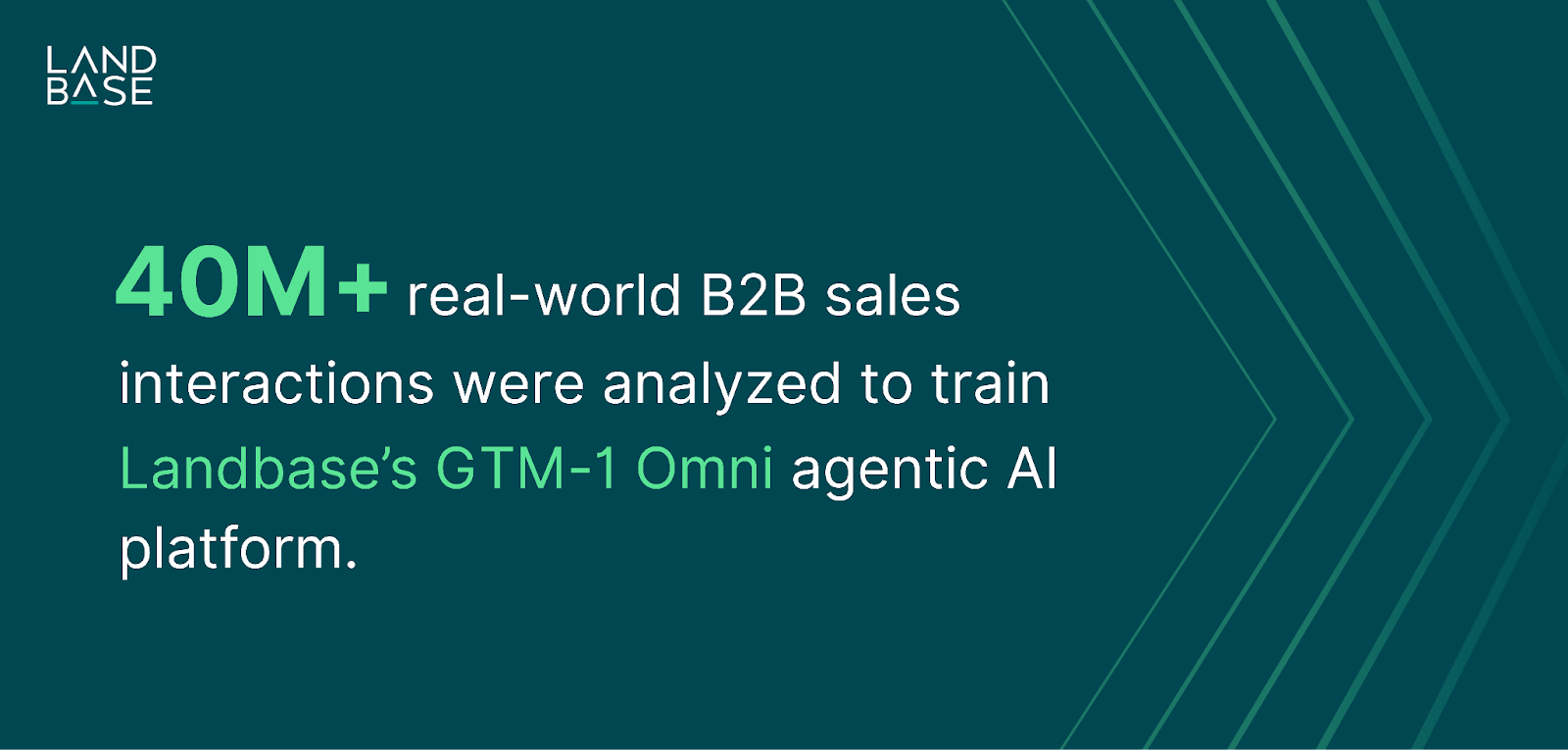
Imagine your go-to-market operation as a coordinated team. In a traditional setting, you have roles like a Marketing Manager crafting messaging, Sales Development Reps (SDRs) doing outreach, a RevOps manager handling data and tools, etc. Now picture an AI-driven platform that has a virtual counterpart for each of those roles, working in unison. That’s the architecture of a GTM Engineer Agent AI system. It’s typically a multi-agent AI platform where each agent specializes in part of the GTM process, all orchestrated towards common revenue objectives. At the center is the AI GTM Engineer agent – think of this as the strategist or “campaign architect” AI. This agent’s job is to design and optimize the overall campaign playbook. It decides which prospects to target, which channels to use, the cadence of touchpoints, and allocates tasks to other agents. It continuously monitors results and fine-tunes the strategy (much like a human GTM Engineer would, but faster and more frequently). If certain segments are responding well to, say, LinkedIn outreach, the GTM Engineer agent can shift more effort there. If conversions in one industry are lagging, it might adjust the messaging or targeting for that vertical. In essence, this agent is the brain of the operation, analyzing data and steering the campaign.
Supporting this “brain” are other specialized AI agents:
All these agents collaborate in a coordinated workflow. How do they coordinate? There is typically an overarching policy or shared memory that the GTM Engineer agent maintains. For example, the GTM Engineer agent might have a dashboard of campaign metrics (open rates, reply rates, meetings booked, etc.) updated in real time by the outreach agent’s activities. It then analyzes this dashboard with a predictive model to decide the next best actions. If certain prospects show high engagement (opens, clicks), the AI might trigger a task to accelerate those (maybe an immediate personal LinkedIn message or a call). For low engagement prospects, it might tweak the messaging or pause them to avoid wasting effort. This kind of continuous optimization loop is a hallmark of agentic systems – they learn and adjust on the fly.
To ground this in a concrete example, here’s a simplified sequence of how a GTM Engineer AI system might execute a campaign:
This kind of system effectively functions as an autonomous GTM team. As Landbase describes their platform, it’s an *“AI GTM team working alongside the client’s team,” deploying specialized AI agents for the various roles (GTM Engineer, Marketer, SDR, RevOps, etc.) that collaboratively plan, execute, and refine campaigns 24/7. The key word is autonomous – once the initial parameters are set, the AI team carries out the mission, learning and improving as it goes.
It’s worth noting that these systems don’t operate in a vacuum or uncontrolled; you set the strategy and can impose rules (for example, “don’t contact a prospect more than 5 times” or “only use these approved messages for compliance”). Think of it like setting the guardrails and goals for a very skilled self-driving car. You tell it where to go, and it figures out the best route and drives the car – with you monitoring the dashboard.
Now that we’ve outlined how a GTM Engineer AI Agent system works, let’s look at what it can actually do for an organization – the use cases and benefits that make this a game-changer for go-to-market teams.
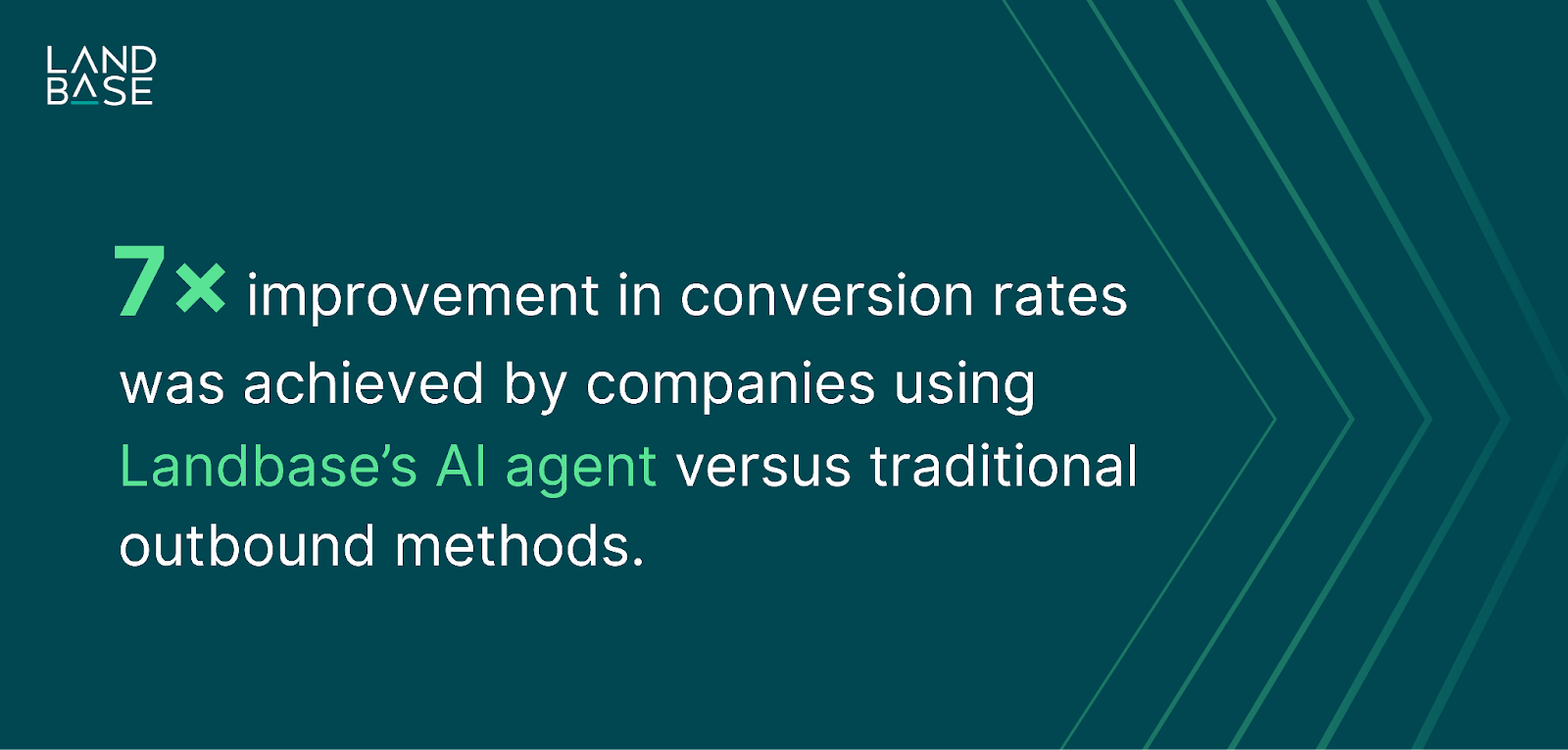
A GTM Engineer AI Agent system can impact virtually every stage of the sales and marketing funnel. Here are some of the most powerful use cases and benefits, backed by data:
In summary, a GTM Engineer AI Agent system can act as your prospecting researcher, copywriter, sales development rep, and analyst all at once. It accelerates pipeline generation, boosts conversion rates through personalization and optimal execution, and drives down the cost per lead or per meeting by automating labor-intensive work. The human team overseeing it can then focus on engaging the most promising leads and strategizing the next big campaign, rather than cranking the gears of the current one. It’s as if your GTM team suddenly gained a turbocharger and a smarter GPS – you can go faster and navigate more cleverly.

Theory and promises are great, but what are companies actually seeing with agentic AI in go-to-market? Let’s look at some real-world outcomes and statistics that illustrate the impact:
All these outcomes point to a simple but profound shift: autonomous GTM systems are moving the needle across efficiency, effectiveness, and agility metrics. They are not just theoretical; they’re delivering tangible business value in companies ranging from tech startups to enterprise teams. Of course, success stories also come with lessons learned – companies have found that having the right data inputs and clear objectives for the AI greatly improves outcomes, and that human oversight is still important to guide strategy and handle the nuanced conversations AI isn’t ready to close (complex negotiations, etc.). In other words, the best results come when human and AI work in tandem, each focusing on what they do best.
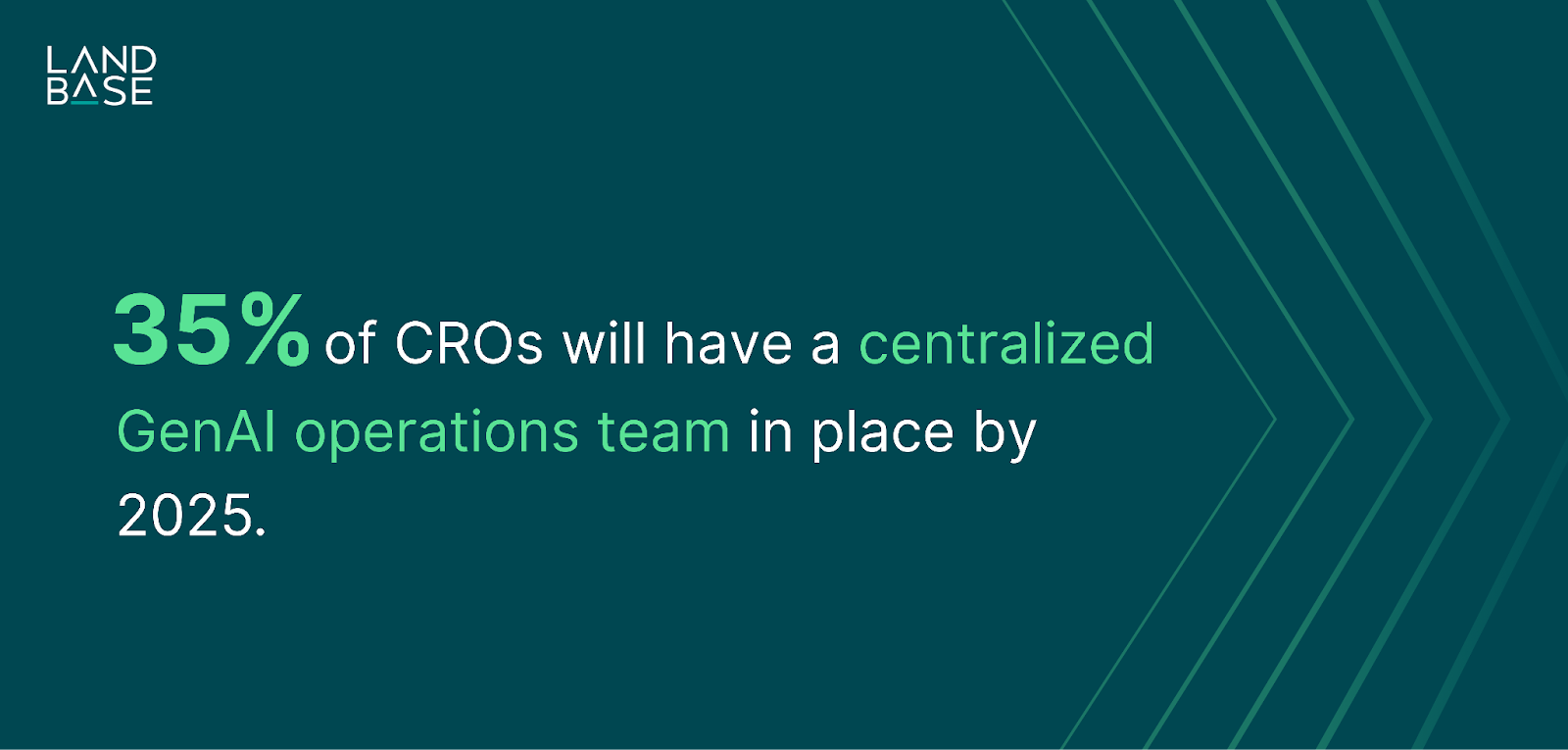
Given the trajectory we’re on, what does the future hold for go-to-market teams? In a nutshell, we’re looking at a future where AI agents become an integral part of GTM strategies, and the very nature of sales and marketing roles will evolve in response. “2025 will be the year of the AI agent,” one industry expert boldly stated(4). It’s a sentiment echoed by many. We can expect wider adoption of agentic AI across organizations. Not just in outbound sales, but in customer service, account management, and beyond, AI co-pilots will assist humans in nearly every customer interaction. For GTM specifically, this means that what is cutting-edge today (like an autonomous prospecting agent) will become a common best practice within a couple of years. In fact, marketers and sellers are already embracing AI agents in customer experience, as seen by Salesforce’s launch of “Agentforce” (AI customer agents) in late 2024(4)and SAP announcing AI sales assistants for 2025(4). The enterprise software giants are baking AI agents into their products, which will further accelerate mainstream adoption.
For GTM teams, we’ll likely see organizational changes. The role of the human GTM Engineer will evolve to be more of an AI orchestrator or strategist. Rather than manually constructing every workflow, tomorrow’s GTM Engineers might define objectives, configure AI agents, and curate the data/training that those agents use. It’s similar to how the rise of marketing automation didn’t eliminate marketers but changed their focus to strategy and content while the system handled the delivery. In sales, we might see roles like “GTM Operations Manager” or “AI Outreach Manager” whose job is to supervise the AI-driven engine, ensuring it aligns with company strategy and messaging. Gartner’s prediction that 35% of CROs will have GenAI operations teams by 2025 hints at this – companies will have dedicated teams (with roles akin to today’s RevOps or SalesOps) focused on leveraging AI in their go-to-market(5).
There is also a strong likelihood that GTM teams become smaller but more specialized. If an AI system can do the work of five SDRs, you might only need one or two humans to oversee that part of the funnel. Those humans will be highly skilled in analysis, strategy, and relationship-building. Meanwhile, roles that involve creativity, complex deal-making, or deep customer understanding will still be very much in demand. The Account Executive or sales closing role, for instance, will work hand-in-hand with AI: by the time an AI agent passes a lead to a human AE, that prospect will be well-nurtured and informed. The AE can then focus on consultative selling and closing the deal. This partnership should increase win rates – after all, the AI can brief the AE on exactly what messaging resonated with the prospect, what content they engaged with, etc., effectively giving the AE a richer context to work with.
From a technology standpoint, we will see smarter and more human-like AI agents. The natural language processing will keep improving, making AI outreach nearly indistinguishable from a human touch. Voice AI is also progressing, so an AI agent making a phone call that sounds convincingly human is on the horizon. (Cisco’s Webex team, for example, is integrating natural voice capabilities into AI agents for customer service(4)– that tech can cross over to sales calls too.) We’ll also see AI agents become more integrated with each other – marketing AI, sales AI, customer success AI sharing data to provide a truly unified customer journey. Imagine an AI sales agent handing off a new customer to an AI onboarding agent that helps the customer get started, with all the context preserved. The “multi-agent orchestra” will extend across the entire customer lifecycle, not just the initial go-to-market phase.
One important aspect of the future is trust and acceptance. As AI agents take on more customer-facing tasks, companies will need to ensure customers are comfortable (or in many cases, even unaware that it’s an AI). Transparency and ethical use will be key – for instance, programming agents to gracefully hand off to humans at the right moment, or to disclose AI nature if needed in certain contexts. Fortunately, as AI becomes commonplace, customer attitudes are shifting. During the 2024 holiday season, retail websites saw a 13× increase in traffic from AI-powered chatbots year-over-year, with chatbot usage up 1,950% on Cyber Monday(4)– indicating consumers are increasingly engaging with AI agents for help. In B2B, busy executives might actually prefer a well-crafted AI outreach that gets to the point, over a generic sales email or repeated calls. The key is the AI must add value and feel personalized, not robotic spam. The bar will be raised for quality, and the systems we’ve discussed are designed to meet that bar with contextual relevance.
What does this mean for companies’ go-to-market success? Potentially, a huge competitive advantage for those who embrace AI agents early. Those that do will enjoy faster growth, lower costs, and the ability to adapt quickly. Those that don’t may find themselves outpaced. As one Amplemarket analysis put it, “Smaller teams that fail to adopt AI may struggle as companies become nimbler and smaller” – implying that adopting AI is not just about efficiency but survival, allowing lean teams to compete with far larger ones. We expect a period where AI-augmented GTM will be a differentiator (much like having a modern marketing automation system was a decade ago). Eventually, it will become the standard. The playing field will level again, but at a much higher baseline of productivity.
Finally, we foresee the continued importance of human creativity and strategy. AI agents, for all their power, work within the objectives and constraints we give them. Crafting a brilliant go-to-market strategy – identifying new segments to attack, devising a resonant value proposition, building a brand that stands out – these are areas where human ingenuity will shine. AI will handle execution and analysis, but humans will still define vision. In fact, with AI taking grunt work off our plates, GTM leaders can spend more time on high-level strategy and on truly understanding customers. The future GTM team might be smaller, but it will be filled with strategic, creative minds leveraging an army of AI helpers. It’s a future where “managing by numbers” takes on a new meaning – not in a cold way, but in a way where numbers (data/AI) and human insight together drive breakthroughs.
The evidence is clear: autonomous GTM systems powered by AI agents aren’t science fiction – they’re here, delivering real value. Adopting a GTM Engineer Agent AI system can transform your sales and marketing outcomes, but it requires the right partner and approach. This is where Landbase comes in. Landbase is the leader in agentic AI for go-to-market, and its flagship platform GTM-1 Omni exemplifies what we’ve discussed throughout this post. It’s essentially an AI-powered GTM team in a box, trained on decades of sales data and engineered to execute campaigns autonomously.
Landbase’s mission is to help businesses accelerate growth through smarter, autonomous go-to-market execution. In practical terms, that means enabling you to launch multi-channel campaigns in minutes, not months, with AI agents doing the heavy lifting. Recall those stats about 4–7× conversion improvements and 60%+ cost reductions – Landbase’s technology is behind them(1). By combining machine intelligence with top human sales expertise (the Landbase Applied AI Lab includes folks who’ve led AI at NASA, YouTube, Meta, Crunchbase – true pioneers), Landbase has built a platform that doesn’t just automate tasks, but actually engineers your GTM motions for optimal results.
So, what’s the next step? Consider taking the leap from theory to practice. Evaluate your current go-to-market process – how much of your team’s talent is wasted on repetitive outreach or wrangling disparate tools? What if those tasks were handled by an intelligent agent that never drops the ball? By embracing a GTM Engineer AI system, you can reclaim your team’s time and refocus it on strategic work like engaging with high-intent buyers and crafting creative campaigns. The competition is already moving this direction. As we noted, a significant chunk of organizations are baking AI into their 2025 plans(5). To stay ahead, the time to experiment and invest is now.
Landbase’s GTM-1 Omni offers a low-friction way to get started. You don’t need to rip out your existing CRM or marketing tools – Omni can integrate and start augmenting your efforts out-of-the-box. Imagine logging in and seeing an AI-generated campaign strategy waiting for your approval, or waking up to a calendar full of new prospect meetings that were set overnight by your AI SDR. That’s the kind of impact Landbase delivers. It’s not about eliminating the human touch; it’s about amplifying your impact by letting the AI handle the tedious and technical details. As Landbase likes to say, “Stop managing tools. Start driving results.”
With GTM-1 Omni, you can do exactly that – hand off the busywork to AI agents and concentrate on closing deals and building relationships, knowing that the top-of-funnel machine is always on and always optimizing.
In conclusion, the question is no longer if AI agents can help your go-to-market, but how soon will you leverage them?Those who act early will capture the lion’s share of the benefits – more leads, higher conversions, lower costs, and a more agile team. The GTM Engineer Agent AI system is the next-gen tool in the B2B revenue leader’s arsenal. It’s here to stay and will only get more advanced. By understanding it and embracing it, you position your company to not just keep up, but to outperform and out-innovate in the market.
Ready to embrace the future of GTM? Learn more about Landbase’s GTM-1 Omni and see agentic AI in action. It’s time to turn your go-to-market into an always-on, intelligent engine for growth. The companies that adapt will race ahead – and with a GTM Engineer AI agent by your side, you’ll be in the driver’s seat of that race.
Tool and strategies modern teams need to help their companies grow.